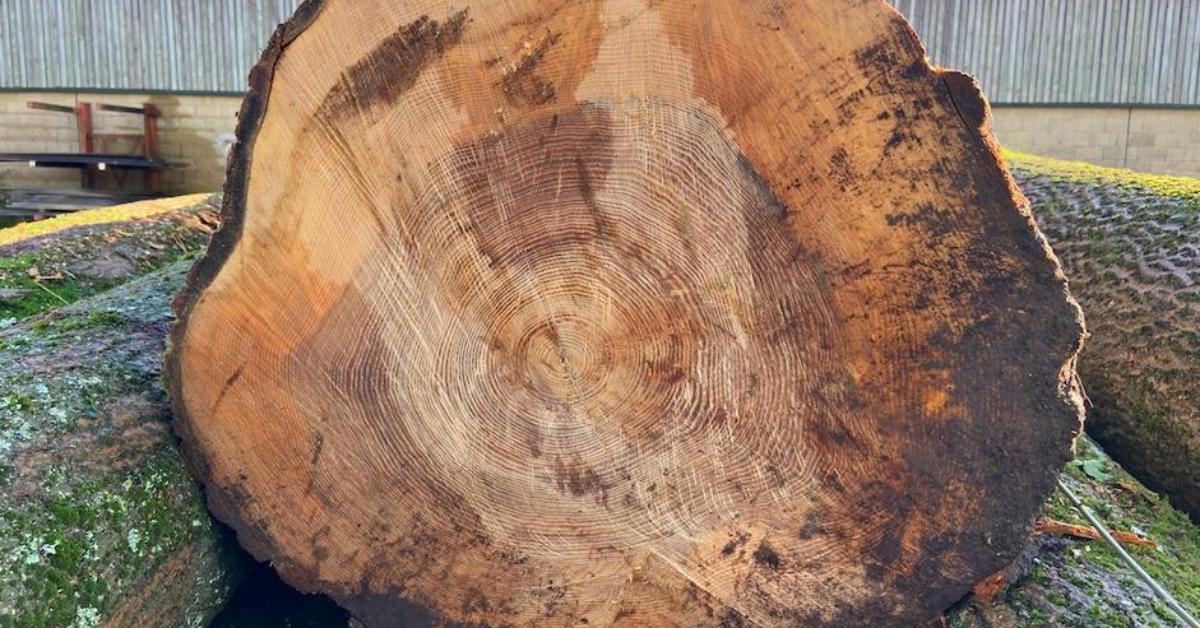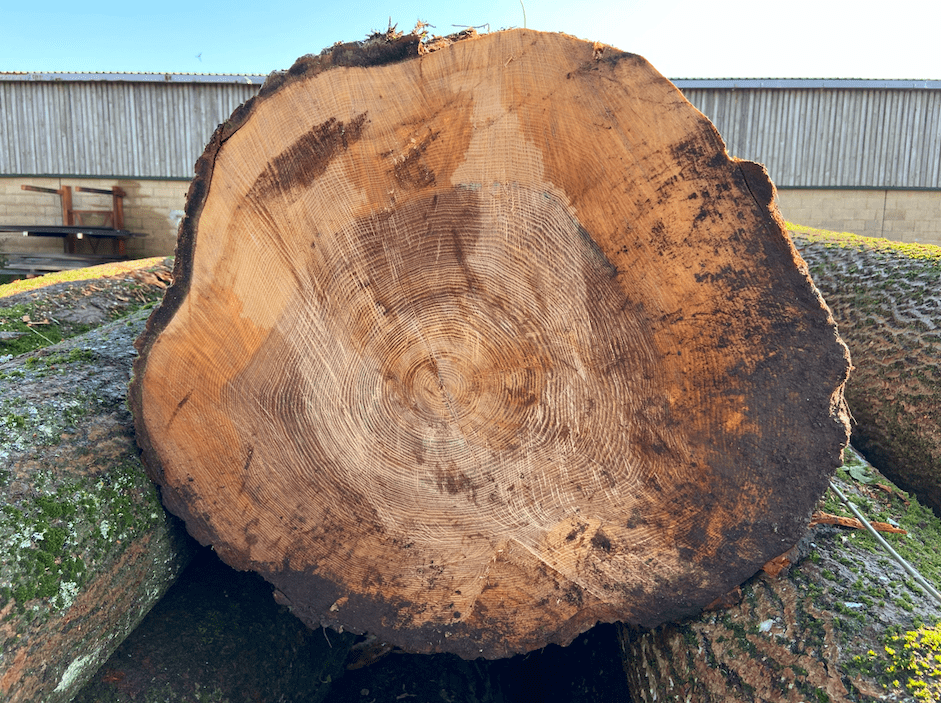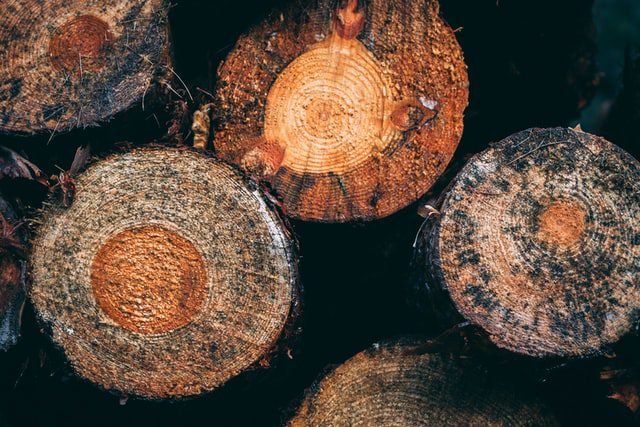The Diverse Uses of Dendrochronology and Tree-Ring Dating
By Simon Smith
W. L. West & Sons Ltd has a long history of partnering with academia. Previous examples include the cladding of Churchill College in Cambridge and a working relationship with Chichester College, which our young apprentices attend before joining the business.
Recently, a college of Oxford University recently solicited the help of W. L. West to acquire specific timber supplies. For a study on dendrochronology, they needed oak boards felled in the last 18 months to show the alignment of growth ring patterns on the cross-section ends.
Dendrochronology is particularly relevant to our environmentally-focused era. But the uses of tree-ring data extend beyond the examination of the past: studies suggest that accurate understanding of previous eras through palaeoclimatology could help us determine the best ways to anticipate climate change in the future as well.
What is Dendrochronology?
Dendrochronology is the scientific study of dating trees to their exact age by counting tree rings (or growth rings), used across a plethora of academic and professional disciplines.
A tree’s growth manifests in the layering of new cells near the bark. As the tree’s growth rate changes with seasonal changes in the climate, resulting in a predictable pattern. Each rings counts for a full season cycle, or year. When samples are not suited to traditional dendrochronology due to having too few or indistinguishable rings, a new method of measuring oxygen isotopes in each ring can be used to date them instead.
Russian biophysicist Alexander Tetearing developed an equation to define the law of growth of trees rings, which is useful to approximate sample data before the procedure of data normalisation. For an exact date to be determined, the timber sample must retain its full edge.
However, in timber samples typically devoid of an edge, such as panel paintings and works of architecture, an approximate date can still be determined by comparing results to specific reference sequences and chronologies.
Dendrochronology is particularly useful when used in parallel with radiocarbon dating, which needs frequent calibration due to offering a range of about 20 years rather than a precise date. Cross-referencing results with chronologies and geographical reference maps has even been useful in tracing the origins of ships and other historical objects that travelled long distances prior to being used.
Tree-ring dating also supplies data for dendroclimatology, with which we can determine past climates and atmospheric conditions from trees.
Dendrochronology and Climate Change
Global warming is increasing at an alarming rate. One of the ways to corroborate this is to compare current atmospheric levels with the records we can observe in the growth rings of trees. As well as climatic change, factors such as altitude and water or mineral supply bring significant changes to the appearance of growth rings. A hard winter followed by droughts in 1709, for example, may be observed from a particularly dark growth ring.
Generally, these days growth rings are getting wider apart—a significant change compared to about 20-30 years ago. These changes do not necessarily bring immediate negative consequences: recent warmer climate even in temperate regions is thought to cause an extended growing season, during which the trees can produce more oxygen. The wider the growth ring in temperate hardwoods (deciduous trees where the seed is enclosed by a fleshy pulp and skin) the higher its fibre ratio, which equates to greater strength characteristics.
Dendrochronology in the Timber Industry and Architecture
As we have seen, dendrochronology as a method is useful across a wide range of disciplines. In the timber industry, it is used primarily to date wooden buildings.
Using slivers of the cross-sectional grain from a specific time period, control samples are compared to the cross-sectional grain on the beam or structure until the pattern lines up. As a tried and tested dating method, it is pretty accurate, although further lab work can be done using Carbon 14 dating.
Using this method of tree ring analysis has yielded new findings: current research is looking into faster-growing and longer-growing trees in relation to ongoing seasonal changes.
The Oxford-based study we were asked to help with is even breaking this down into regional changes. For instance, average rain fall is increasing in the Lake District and Cumbria, but how do the trees in that area react, especially compared to meteorological records? Conversely, East Anglia is reportedly getting drier; one outcome may be to plant olive trees there!
This is a fascinating venture and having worked with the university before, we are delighted to help in the primary research stage. We look forward to reporting on the outcomes at some time in the near future.
WL West & Sons Ltd is a timber merchant and sawmill business with 150 years of experience. We provide a wide range of timber products and supplies. We also build and install custom projects for our customers.
For more news, tips and updates, follow us on Facebook, Twitter, or Instagram.
For entirely finished products, timber supplies or woodworking tools, have a look at our Retail Shop (which is temporarily closed for lockdown but will re-open closer to the New Year).
Liked this article? More like this:






